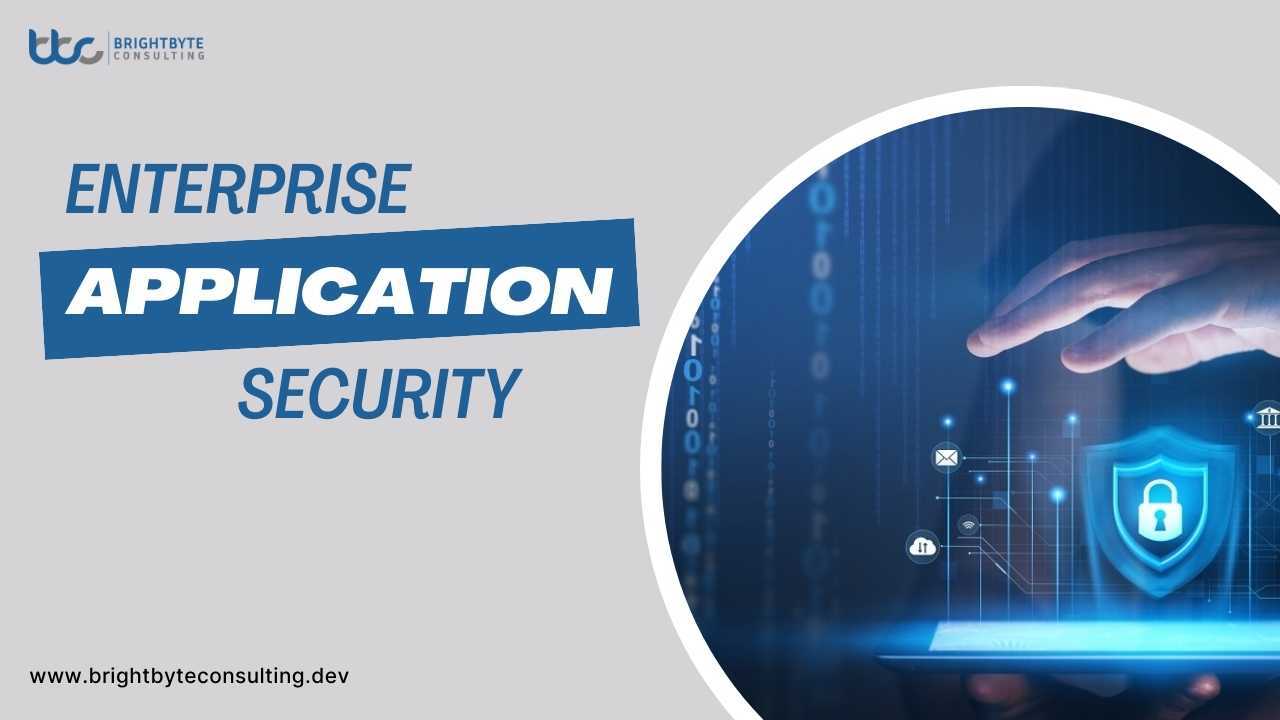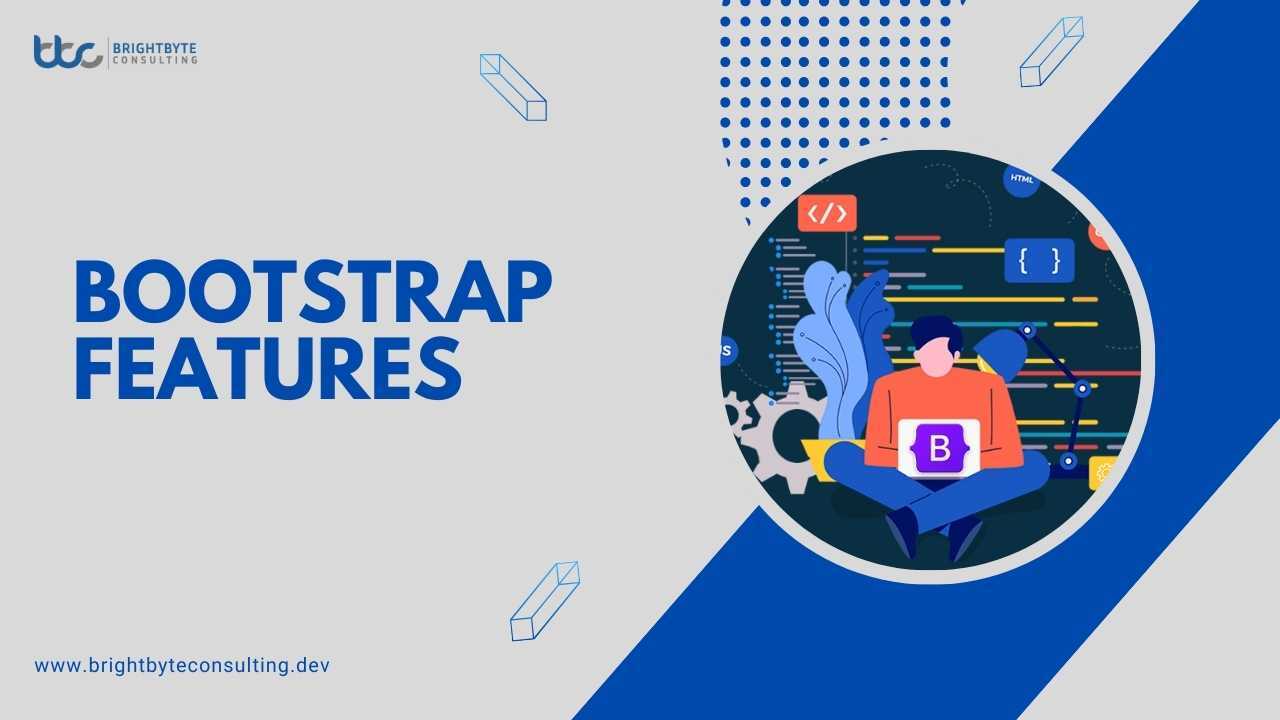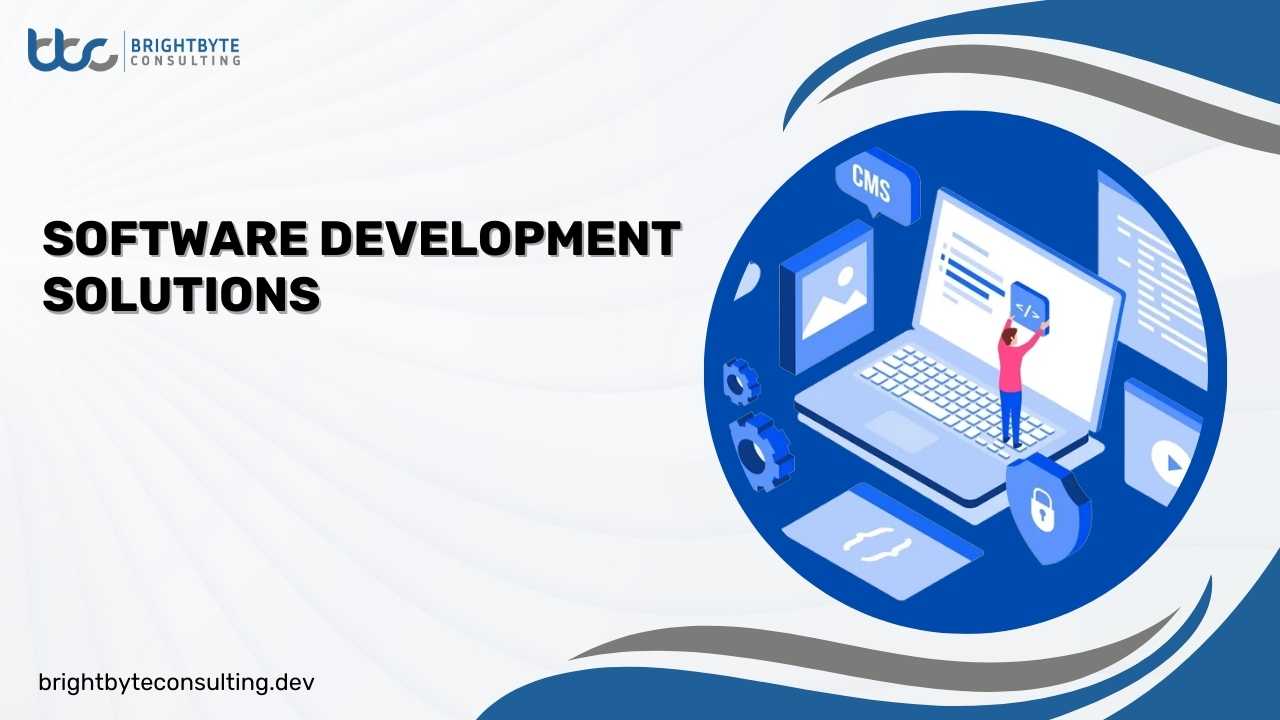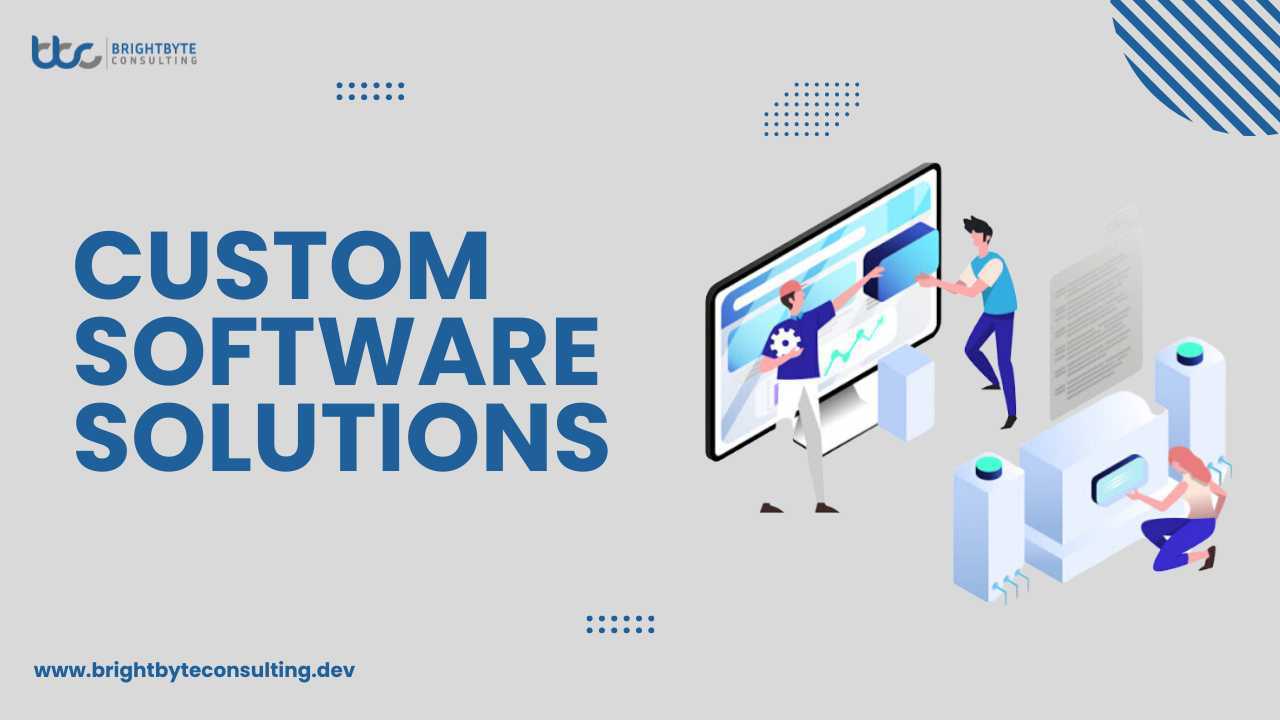Why is enterprise application security important? Think of it like a shield that protects your business from bad guys online. These bad guys might try to steal information, mess up your programs, or even shut them down completely! Strong application security makes it much harder for them to do this.
This guide will explain how to keep your business applications secure, so your information stays private and your company keeps running smoothly.
What is Enterprise Application Security
Enterprise application security, often shortened to AppSec, is basically like putting a high-tech security system on all the software programs your company uses. These programs, called enterprise applications, can be things like:
- Websites for customers or employees to log in to
- Programs that manage finances or inventory
- Mobile apps for sales or communication
In short, AppSec is all about keeping your company’s important information and programs safe from cyberattacks. It’s like having a security guard for your digital world!
Enterprise Application Security Services
In today’s digital age, applications are the backbone of most businesses. They store sensitive data, power critical operations, and connect you to customers. But with this reliance comes a growing concern: security. This is where enterprise application security services come in – a team of experts dedicated to safeguarding your applications from cyberattacks and data breaches.
These services provide a comprehensive approach to securing your applications, often encompassing:
- Security Assessments and Audits
- Penetration Testing
- Secure Development Lifecycle (SDLC) Integration
- Static and Dynamic Application Security Testing (SAST & DAST)
- API Security Assessments
- Cloud Security Expertise
- Incident Response Planning and Support
- Security Awareness Training
Who Needs Enterprise Application Security Services?
Any organization that relies on applications to store sensitive data or conduct critical business operations can benefit from these services. This includes companies in sectors like:
- Finance
- Healthcare
- Retail
- Government
- Technology
Enterprise Application Security Solutions
In today’s data-driven world, applications are the lifeblood of most businesses. They store sensitive information, automate critical tasks, and connect you with customers and partners. But with this growing reliance comes a heightened security risk. Enterprise application security (AppSec) solutions offer a multi-layered approach to shielding your applications from cyberattacks and data breaches.
This guide explores some of the key solutions that empower you to build a strong AppSec defense:
1. Static Application Security Testing (SAST)
Imagine having a security guard meticulously reviewing your application code line by line. SAST tools act like such guards, automatically scanning code for known vulnerabilities. They identify coding errors, security misconfigurations, and potential injection flaws, allowing developers to fix these issues before deployment.
2. Dynamic Application Security Testing (DAST)
DAST goes beyond code review. It simulates real-world attacks, mimicking how hackers might exploit vulnerabilities. These tools crawl your application, searching for weaknesses that could allow unauthorized access or data theft. DAST helps you identify vulnerabilities that might be missed by SAST, providing a more comprehensive security assessment.
3. Runtime Application Self-Protection (RASP)
Think of RASP as a security guard embedded within your application. These solutions act as a real-time shield, continuously monitoring application behavior and detecting suspicious activity during runtime. RASP can block attacks in progress, preventing data breaches even if a vulnerability exists.
4. Secure Development Lifecycle (SDLC) Integration
AppSec shouldn’t be an afterthought. Integrating security practices throughout the entire development process, from design to deployment, is crucial. This might involve threat modeling to identify potential risks early on, or incorporating security reviews into each development stage. By weaving security into the fabric of development, you can proactively address vulnerabilities before they become problems.
5. Web Application Firewalls (WAFs)
Imagine a fortified gatehouse protecting your castle. WAFs act similarly, filtering incoming traffic to your web applications and blocking malicious requests. They can identify and block attacks like SQL injection, cross-site scripting (XSS), and denial-of-service (DoS) attacks, adding an extra layer of defense at the application layer.
6. API Security Solutions
APIs are the communication channels between applications. API security solutions ensure these channels are properly secured, with features like authentication, authorization, and encryption. This prevents unauthorized access to sensitive data or manipulation of API functionalities.
7. Cloud Security Solutions
Many businesses leverage cloud-based applications. Cloud security solutions cater to this environment, helping you manage security configurations, identify and address cloud-specific vulnerabilities, and ensure compliance with relevant data privacy regulations.
8. Security Information and Event Management (SIEM)
SIEM acts as a central nervous system for your security posture. It collects data from various security tools, analyzes it for suspicious activity, and provides real-time insights. SIEM helps you identify and respond to security incidents more effectively.
9. Security Orchestration, Automation and Response (SOAR)
Security teams are often overwhelmed with alerts and events. SOAR platforms automate repetitive tasks associated with security incident response. They can streamline workflows, prioritize threats, and enable faster and more efficient response to security incidents.
10. Vulnerability Management Solutions
These solutions help you keep track of identified vulnerabilities in your applications, prioritize them based on severity, and automate the patching process. This ensures you address critical vulnerabilities promptly, minimizing the window of opportunity for attackers.
Risks and Challenges in Enterprise Application Security
While enterprise application security (AppSec) solutions offer robust protection, the battle against cyber threats is ongoing. Here’s a closer look at the key risks and challenges you might face:
1. The Evolving Threat Landscape
Hackers are constantly innovating, developing new attack methods and exploiting previously unknown vulnerabilities. Staying ahead of this constant evolution requires continuous vigilance and updating your security measures.
2. Integration Complexity
Implementing various AppSec solutions can lead to integration challenges. Ensuring these tools work seamlessly together and avoiding redundant efforts requires careful planning and configuration.
3. False Positives
Automated security tools can generate false alarms, wasting valuable time and resources investigating non-existent threats. Finding the right balance between automation and human expertise is crucial for effective security management.
4. Security Expertise Gap
Implementing and managing a comprehensive AppSec program requires skilled security professionals. A shortage of qualified personnel can make it difficult to maintain a strong security posture.
5. Legacy Systems
Many businesses have legacy applications that might not have been built with security in mind. Securing these systems can be particularly challenging due to outdated codebases and limited integration options.
6. The Insider Threat
Malicious insiders with authorized access can pose a significant security risk. Employee training and access controls are crucial for mitigating this threat.
7. DevOps Integration
Agile development methodologies like DevOps prioritize speed and efficiency. Balancing rapid development with security best practices requires careful integration of AppSec practices into the DevOps workflow.
8. Compliance Burden
Many industries have strict data privacy regulations. Keeping up with these regulations and ensuring your applications comply can be a complex and ongoing challenge.
9. Shadow IT
The use of unauthorized applications outside of the IT department’s control can create security vulnerabilities. Encouraging transparency and promoting the use of approved secure applications can help mitigate this risk.
10. Budgetary Constraints
Implementing and maintaining a robust AppSec program can be expensive. Striking a balance between security needs and budgetary limitations requires careful planning and prioritization of resources.
How to Meet These Challenges?
By understanding the risks, you can develop a comprehensive security strategy that addresses your specific needs. Here are some tips for navigating these challenges:
- Stay Informed
- Invest in Training
- Promote a Culture of Security
- Embrace Automation
- Prioritize Secure Development
- Seek Expert Guidance
By taking a proactive approach and addressing these challenges head-on, you can build a robust AppSec program. Furthermore for more guidance you can book consultation with Bright Byte Consulting and safeguard your enterprise applications from cyberattacks!
Conclusion
In conclusion, enterprise application security (AppSec) is critical for protecting your business from cyberattacks. By understanding the risks and implementing a comprehensive strategy that includes solutions like SAST, DAST, and secure development practices, you can safeguard your valuable data and ensure a secure digital environment for your organization. Remember, a proactive approach to AppSec is essential for building trust and resilience in today’s data-driven world.
FAQs
What is AppSec?
AppSec stands for Application Security. It’s like putting a high-tech security system on your company’s software programs to protect them from cyberattacks.
Why is AppSec important?
Enterprise applications store sensitive data and run critical operations. Strong AppSec safeguards this data and keeps your business running smoothly by preventing hacks and breaches.
What are some AppSec solutions?
There are many solutions, but some key ones include code scanners, firewalls, and security testing tools. These can identify vulnerabilities, block attacks, and help developers build secure applications.
What are the challenges of AppSec?
Keeping up with evolving threats, integrating various security tools, and finding skilled security professionals are some of the main challenges.
How can I improve my AppSec posture?
Stay informed about security threats, invest in employee security training, automate tasks where possible, and prioritize secure development practices.











